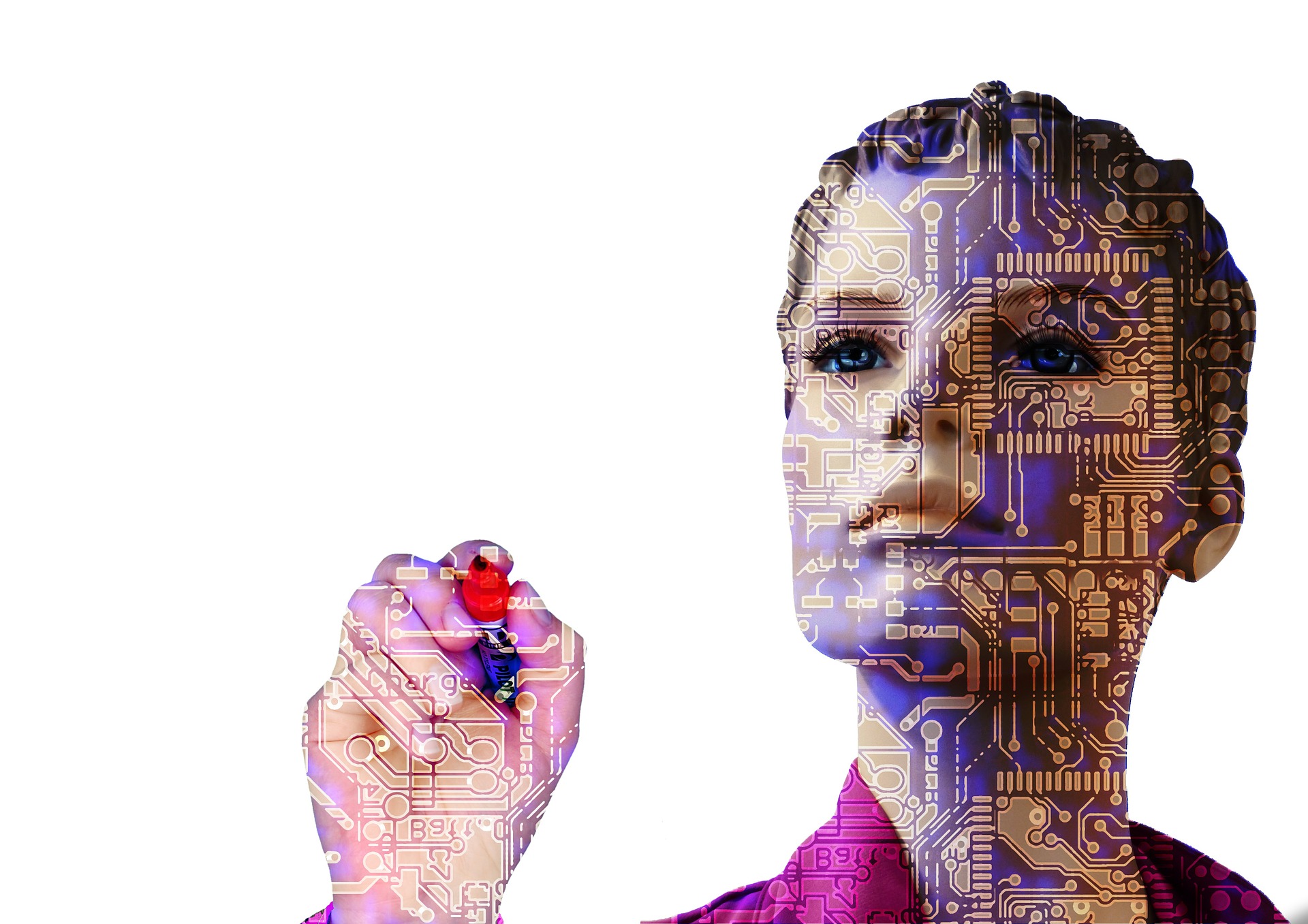
Jun
AI Translation: Expectations Vs. Reality
AI technology has drastically improved due to scientists enabling computer programs to ‘self-learn’. Hence, a computer can re-program its own code in order to function better at its task at hand. Which begs the question, is AI translation set to become another norm in our lives?
What is AI Translation?
Rather than using a human translator, an AI translation will automatically translate one language into another. As a result, allowing you to comprehend what someone is saying in another language and hold a conversation with them.
AI technology can read individual words in a number of languages. It finds the similarities between the different languages that exist between words. Thereafter, building a translation!
The Advantages of AI Translation
When people hear that AI translation tools exist, they tend to expect translation tools used in sci-fi programs. Such as Doctor Who and Star Trek, where you hear people talking in your native tongue. However, this is far from reality!
Instead, the main advantages of AI translator tools in comparison to human translators is that AI is both cheaper and quicker. Here are some of the other advantages of using AI to translate languages:
- Quality in domain- and language-specific engines is enhanced
- Incredibly quick, normally only takes a minute or so
- Ideal for websites
- AI tools will let you translate a large number of languages, whereas a human may only be able to translate one or two
- Becoming more accurate
The Disadvantages of AI Translation
Although machine translation looks good on paper, there are a number of disadvantages:
- Accuracy can be low in some industries. (You may not realise this as you may be unfamiliar with the language)
- Mass localisation is poor, with some languages giving more accurate results than others
- AI does not recognise the context something is said in, so can produce confusing results
- A language mistake can be very costly i.e. a tattoo in another language
The Reality
Many people put a lot of faith into AI translation tools because they see them as a fast and low-cost way to translate a large volume of texts. This is very common in industries such as Finance, E-Commerce, Legal etc.. AI translation may prove to be a powerful tool to achieve massive localisation. However, the accuracy of the different languages is not yet standardised.
In Conclusion
If you need something translated from another language, you should weigh up the cost of a bad translation against the cost of using a human translator. A bad translation will not only cost your turnaround to be longer but it also costs more money to resolve the mistakes!
If you’re looking to localise an e-commerce website or a large-scale portal, then AI translation is wonderful. In fact, you can leverage on a domain- and language-specific translation machines and human post-editing to translate high volume contents to targeted languages.
This encourages the user to repeatedly visit your website and may even recommend it to friends.




